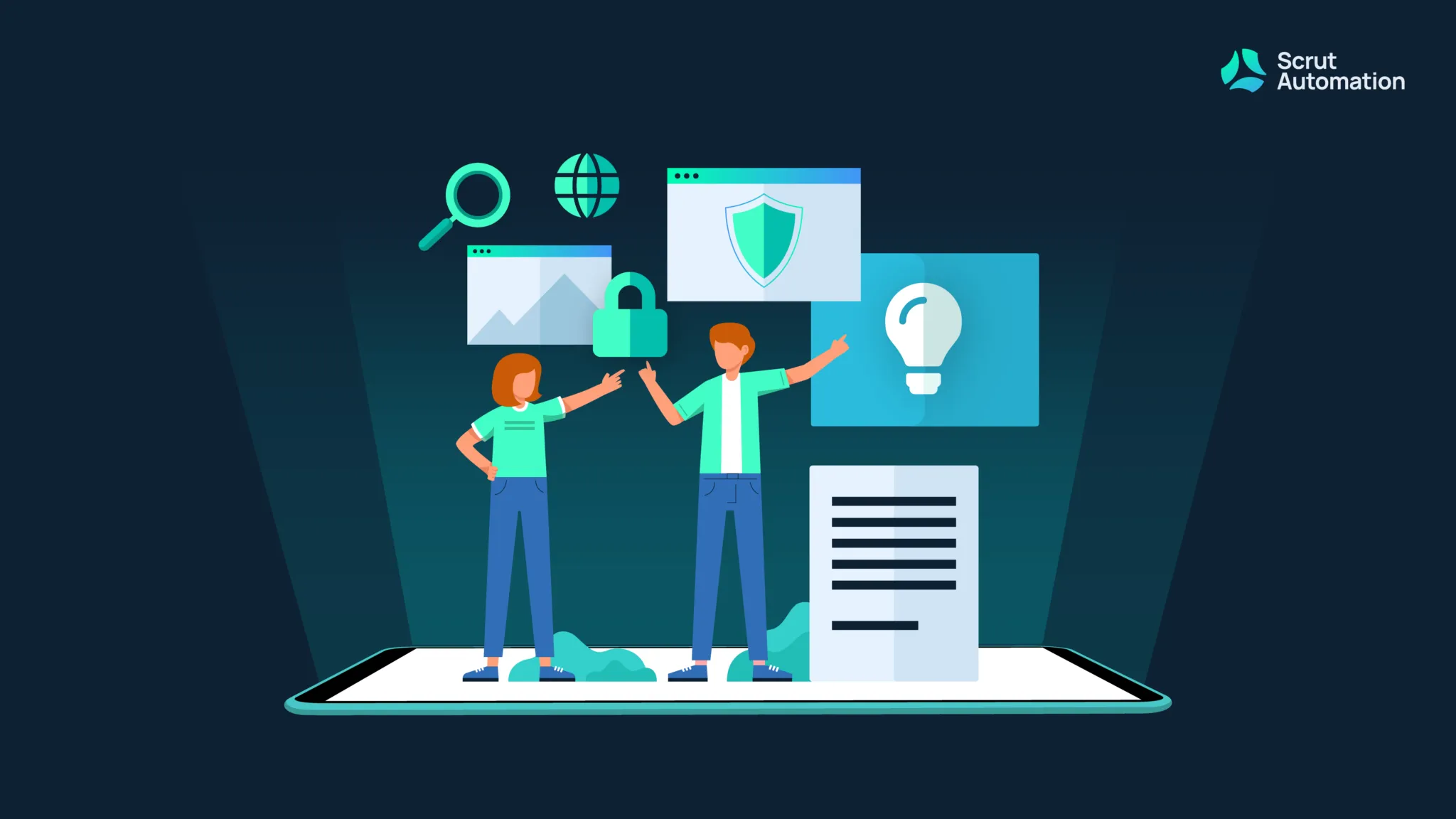What is the importance of context in cybersecurity?

Cybersecurity is a complex and constantly evolving field, with new threats emerging every day.
In such a rapidly changing environment, understanding the context in cybersecurity threats & incidents is critical for organizations of all sizes.
This is because gaining information about every cyber asset in an organization’s environment can generate an overwhelming amount of data.
From pen-testing and vulnerability management to cyber attack simulation and incident response exercises to data breaches, data generated on every aspect of cybersecurity can easily outpace humans’ ability to analyze such a flood of information and make proper decisions.
The point is, it is difficult to understand the context from an ocean of information without a centralized cybersecurity solution like CAASM.
It is a comprehensive technology solution that helps organizations in managing their attack surface proactively by identifying and mitigating potential cybersecurity risks through context so that they can be remediated before cybercriminals can exploit them.
But what does context exactly mean in cybersecurity?
More importantly, what is its significance? And how does it help in identifying cybersecurity risks in your organization’s environment?
In this blog post, we’ll explore the importance of context in cybersecurity, how it can help you stay one step ahead of cybercriminals, and important factors that can help in understanding the context.
What is context in cybersecurity?
Context within cybersecurity refers to the circumstances or conditions surrounding a particular cybersecurity risk that may affect your organization’s security posture.
Context can be derived from various sources, such as logs, network traffic, system configurations, user behavior, and threat intelligence. Analyzing these sources together can provide a more comprehensive picture of the risk situation and enable your organization to make more effective decisions.
Importance of context in cybersecurity
Context is critically important from the cybersecurity standpoint.
This is because context provides critical information about specific circumstances in which a security threat or event is either occurring or has occured, in order to help better understand, respond, and mitigate the incident.
Although, the role of cybersecurity context goes way beyond just threat assessment and vulnerability management. Context has relevance in all areas of an organization’s network.
For example, in the context of a network intrusion, understanding the source, nature, and scope of the attack can help security analysts to determine the severity of the incident, identify the compromised systems, and take appropriate actions to contain the attack and prevent further damage.
Similarly, if there has been a security policy violation, understanding the context can help in knowing the user’s role, the system accessed, and the time of the violation. This, in turn, can help your organization in investigating the incident, enforcing policies, and mitigating the risks.
But in both cases, failing to understand context will invariably lead to delays in decision-making and allow security gaps to remain exposed to cyber threats for far too long.
As a result, they will continue struggling to identify and mitigate cybersecurity risks without context, leaving their IT infrastructure extremely vulnerable to cyberattacks.
In a nutshell, understanding the context is key to unlocking the full potential of your organization’s cybersecurity strategy.
Role of CAASM in understanding context in cybersecurity
CAASM can help your organization better understand the context by providing a comprehensive picture of the attack surface and the associated security risks.
A robust CAASM solution can take a complete inventory of all cyber assets within your organization’s IT infrastructure including software, hardware, applications, and cloud storage.
Afterward, it can map all the interdependencies between assets, which not only helps in understanding the context but also helps in identifying potential points of exposure and prioritize their security efforts based on the potential impact of a successful cyber attack.
For example, if there is a vulnerability in critical software in your organization’s network, CAASM will give it a higher priority for remediation than a vulnerability in less critical software or application.
Other than this, CAASM can even provide context for ensuring that your organization is in compliance with relevant regulations and standards such as PCI DSS, GDPR, and HIPAA to name a few.
All in all, CAASM plays a critical role in understanding the context of today’s rapidly evolving cyber threat landscape.
With real-time continuous monitoring and threat intelligence, CAASM solutions can help organizations identify & mitigate potential security risks in all areas of their infrastructure and protect their cyber assets and data before they can be exploited by hackers.
3 factors that help in understanding context
There are three important factors every organization must take into consideration to understand the context.
Prioritization
An organization can have several types of vulnerabilities in its environment. Some vulnerabilities must be dealt with first then the rest because they are more critical.
Simply put, a vulnerability can only be considered dangerous to an organization if it can be identified and exploited by hackers. Otherwise, even if it’s an active vulnerability, it’s not an exploitable vulnerability so it can take a back seat until other vulnerabilities, which can put an organization’s sensitive data into immediate jeopardy, are remediated first.
All in all, prioritization is a matter of importance from the cybersecurity perspective, and it should be confused with the second factor — urgency — for understanding the context.
Urgency
Once the high-priority vulnerabilities are identified, organizations still need to figure out which vulnerabilities to address first as there can be dozens or even hundreds of vulnerabilities that take higher priority than others.
In this case, the urgency of each vulnerability comes in the context equation.
In cybersecurity, urgency is about dealing with something that must be done regardless of how important it is to do that thing or its overall impact on the organization.
For example, a vulnerability that could allow hackers to exploit a front-end system doesn’t get the same level of priority as the one that could allow hackers to access a back-end system.
However, if the front-end system vulnerability cannot be defended by compensating controls, it is given more urgency to be addressed first. Meanwhile, the back-end system will automatically be defended by the front-end system & network segregation.
Simply put, the front-end vulnerability is more likely to get exploited by hackers in this case, which is why it is deemed more urgent to correct the front-end vulnerability first.
Achievability
The third factor that organizations need to consider for understanding context is determined by the ability to remediate the identified vulnerabilities with the available tools, time, and resources at your disposal.
For example, Let’s assume that an organization has two high-priority vulnerabilities to remediate, one that requires an operating system upgrade (less achievable), while the second only requires a quick patch and no reboot (highly achievable).
In this case, the organization must figure out if they have the in-house expertise to correct the highly achievable vulnerability. If not, then even if that vulnerability has higher priority, it is unlikely to be corrected first simply because it is less achievable.
Though this does not mean achievability removes the vulnerability from the list, it simply helps to separate them into two categories — Those that can be fixed with in-house expertise and those that require external resources to be fixed.
But when these three factors are taken into account together, it can help organizations put data into perspective and determine how important it is to remediate a specific vulnerability, how urgent it is, and if the remediation can be accomplished by in-house expertise.
Conclusion
As explained above, the importance of cybersecurity context cannot be overstated.
Without understanding the context in which an attack occurs, it is difficult to accurately identify the threat and respond appropriately. A context is not just a detail, but a fundamental element that informs decision-making in cybersecurity.
This is why organizations must realize the importance of context to better protect themselves from future cyber attacks.
FAQs
What is contextual security?
Contextual security is a modern cybersecurity approach that involves assessing and prioritizing cybersecurity risks based on their context. With contextual security, organizations have been able to better prioritize their resources and efforts more effective for managing the attack surface and improving overall security posture.
What is context in cybersecurity?
Context in cybersecurity helps to understand the situation or conditions surrounding a particular cybersecurity threat or vulnerability so that organizations can manage and mitigate them before they can be exploited by cybercriminals.
Why is context important in security?
Context is important in security because it provides critical information that can help organizations in identifying and assessing security risks, figure out appropriate security measures, and mitigate security threats before an incident occurs.
What are context-aware security examples?
Context aware security control is an approach to security that takes into account the specific context in which security threats and incidents occur. location-based access control is a popular example of context aware security with location-based access control, access to sensitive systems or information is restricted based on the user’s location.
Another good example is behavior-based authentication. For instance, if a user usually logs in using a specific device, a login attempt from a different device will either trigger additional authentication requirements or simply deny the access altogether.
What is content vs context in security?
Content vs context awareness is an important concept in cybersecurity. Content in cybersecurity refers to the collection of data or information being secured (i.e. financial data, customer information, health records, etc.).
On the other hand, context in cybersecurity refers to the circumstances or conditions in which security risks or incidents occur.
Content-based security focuses solely on protecting specific data or information, while context-based security focuses on understanding the unique risks and threats of a particular environment and adapting security measures accordingly.


















